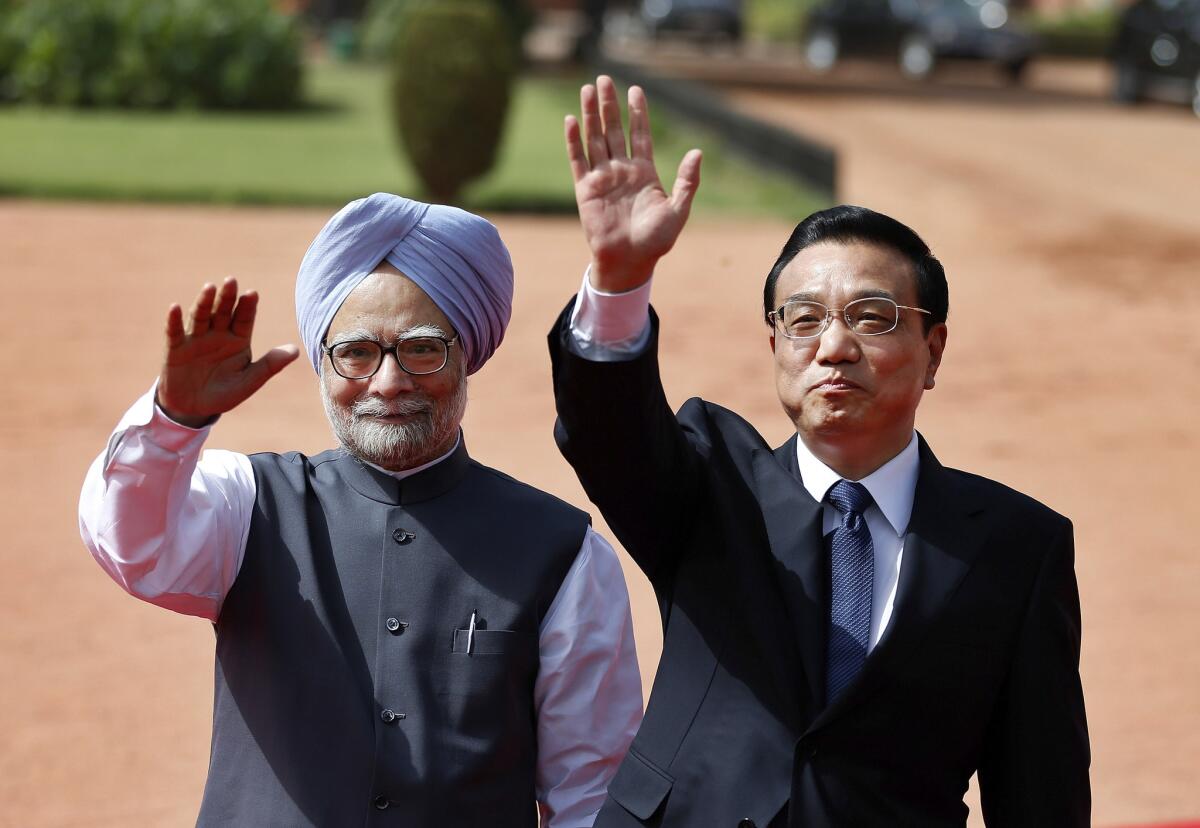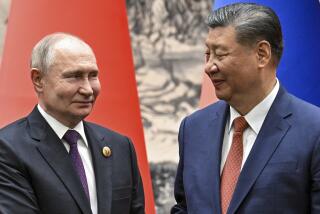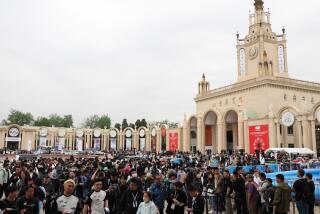Indian, Chinese leaders meet in New Delhi, pledge better relations

NEW DELHI – The Indian and Chinese premiers papered over their differences at a meeting in New Delhi on Monday, pledging to tackle a border dispute that has soured relations for decades and to work together for global stability.
The meeting was heavier on style than substance, capped by nice-sounding words and a series of largely insignificant agreements on waste treatment, information sharing, sister cities and the translation of classical Chinese and Indian texts.
As is often the case with China, however, the real action is in the shadows, analysts said. In making India his first overseas destination as premier, China’s Li Keqiang hopes to strengthen relations with New Delhi as a way to counter Washington’s recent overtures to East Asian countries as part of a U.S. strategic “pivot” to Asia, they added.
“With its concerns in East Asia, China wants to secure its South Asian flank,” said Mukul Sanwal, a political analyst with New Delhi’s Institute for Defense Studies and Analyses. “But as long as there are problems on the [India-China] border, they can’t do this.”
Li’s low-level charm offensive was seen in some of his language – sprinkled with references to seeds sprouting into towering trees and harvests producing rich fruits – which played up the two nation’s crucial role in Asian prosperity, with the implicit message that the United States isn’t located in Asia, and Asian nations can determine their own destiny.
“Amicable ties will be positive for Asia and good for Asia providing new engines for the world economy,” Li added.
India and China fought a brief border war in 1962 that China won decisively. This, along with Beijing’s strong support for rival Pakistan, continues to fuel mistrust in New Delhi.
Relations were further complicated in mid-April when India discovered that some 50 Chinese soldiers had pitched their tents about 13 miles into territory claimed by India, far deeper than the usual chest-thumping moves engaged in by both sides along their 2,096-mile divide. India responded by deploying its troops nearby, prompting a standoff that was widely covered by news media in India but not in China. The impasse lasted several weeks and was only smoothed over shortly before the visit.
In their morning meeting Monday, the premiers acknowledged the April irritant, pledged to prevent a repeat and to continue working “on a framework for a fair, reasonable and mutually acceptable boundary settlement,” said Prime Minister Manmohan Singh.
Li is scheduled to depart for Pakistan on Wednesday before traveling to Switzerland and Germany.
Although China has called for improved military relations, the Indian security establishment remains wary of Chinese intentions given Beijing’s role in operating ports in Sri Lanka and Pakistan and its apparent use of Chinese soldiers posing as engineers on the Pakistan side of the de facto Kashmir border, said Rajeev Sharma, an independent analyst. “The main problem is border issues,” he said.
That said, both sides would gain significantly from improved relations, including better trade links. The volume of trade between the countries increased to $67 billion in 2012 from $3 billion in 2000, with a goal of $100 billion by 2015. As with other countries, however, the trade is mostly in China’s favor. The two sides also discussed more Chinese investment in India’s much-needed infrastructure and energy development.
The giants also pledged to share more information on water flows, another contentious issue, and several dams China is planning on the Brahmaputra River, which flows into India’s northeastern states. The two leaders also discussed the prospect of expanded two-way tourism and the situation in Afghanistan.
“I think the point was that if India and China are both growing, surely our relationship should be growing at least as fast,” India’s ambassador to China, S. Jaishankar told reporters.
China’s bid to improve relations with India follows recent muscle-flexing in and around Southeast Asia’s disputed Spratly Islands, which has made smaller countries nervous about Beijing’s intentions and prompted several countries to welcome an expanded U.S. role.
Washington, as part of its “pivot” toward Asia, has announced plans to deploy 60% of U.S. Navy equipment and personnel to the region, up from around 50% now, shift 2,500 Marines to a base in northern Australia and link Pacific countries other than China in an ambitious free-trade agreement to offset Beijing’s growing clout.
Asked about Washington’s proposed pivot at a recent news conference in Beijing, Chinese Defense Ministry spokesman Col. Yang Yujun said moves to “enhance military deployment and also strengthen alliances are not in line with the calling of the times,” according to China’s official People’s Daily.
If China and India can actually get past their border dispute and ease some of the distrust, both could see significant benefits, analysts said. “As the two countries grow, they will be treading on each other’s toes more often,” Sanwal said. “It’s inevitable, but they have to make some accommodation with each other. There’s competition, but there’s also significant room for more cooperation.”
ALSO:
From four Iranians, four views of the coming election
Germany wonders: Will Wagner archives expose Nazi links?
Tensions rise between China, North Korea over boat held hostage
mark.magnier@latimes.com
Tanvi Sharma in the New Delhi bureau contributed to this report.
More to Read
Sign up for Essential California
The most important California stories and recommendations in your inbox every morning.
You may occasionally receive promotional content from the Los Angeles Times.










